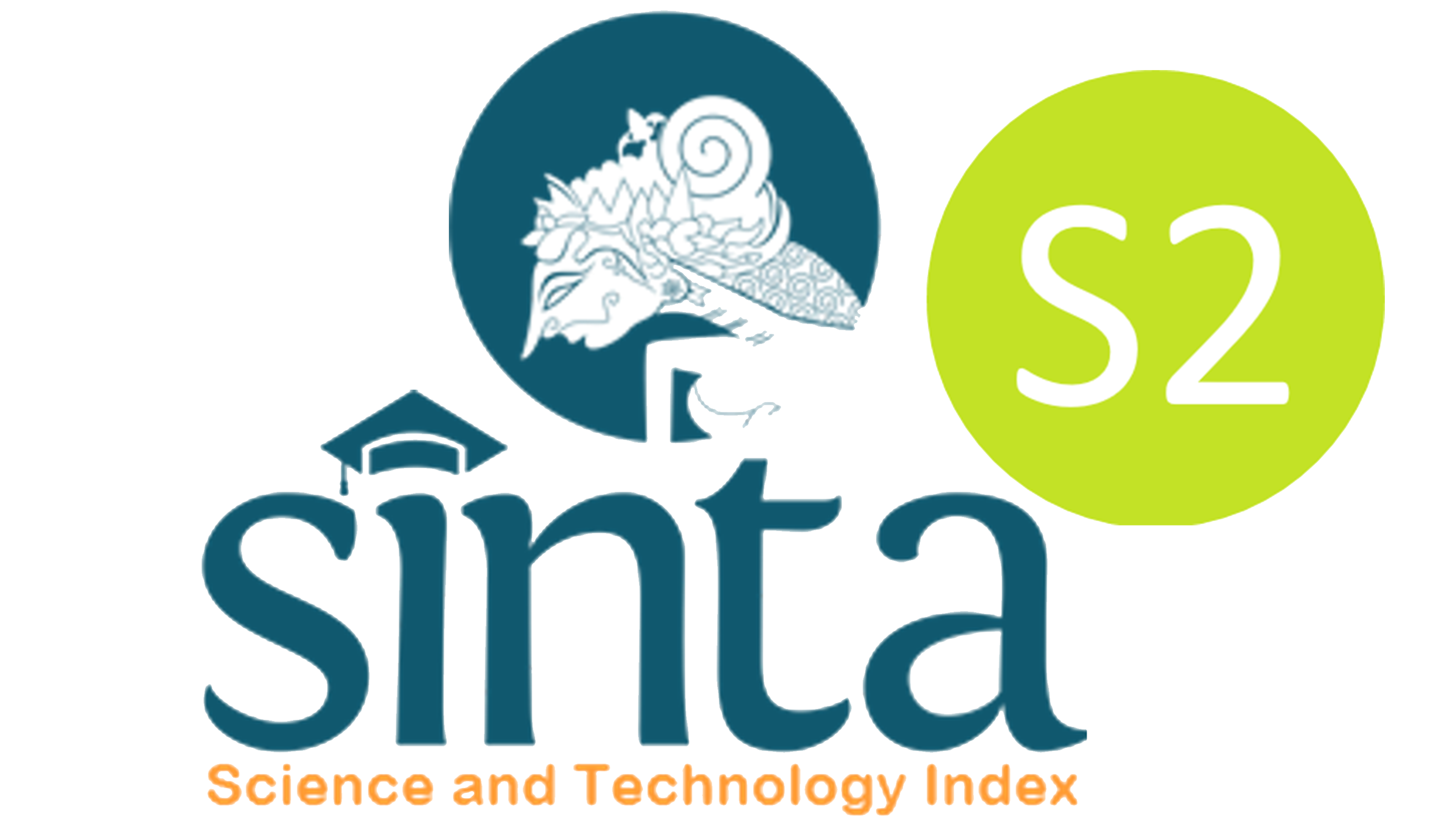ELEMENTS CHARACTERIZATION IN RICE FLOUR AND FISH MEAL FOR LABORATORY COMPETENCY
DOI: http://dx.doi.org/10.17146/jstni.2021.22.2.6937
Abstract
Nowadays, nutrition problem becomes an important issue in many developing countries. Lack or excess macro and micro elements in food can interfere human health. Therefore, food safety needs a reliable analytical method in accuracy and precision. In this activity, characterization of toxic (As, Pb, Cd, Hg) and essential elements (Na, K, Ca, Mg, Fe,Cu, Zn) in rice flour and fish meal had been done using Neutron Activation Analysis (NAA) and Atomic Absorption Spectrophotometry (AAS). Both samples provided by The Asia Pacific Food Analysis Network (APFAN) on 2017. Three replications were prepared. Reducing the probability of contaminating the sample is a must. AAS needs homogenous liquid samples therefore samples were digested using microwave digestion to avoid loss of volatile elements from the samples. Evaluation on rice flour and fish meal samples analysis were based on Z-score value with 3 categories: satisfactory, questionable and unsatisfactory result. Both methods had satisfactory result in rice flour where Z-score value of K, Ca, Zn < 2 meanwhile AAS gave Mg, Fe, Cu, Cd < 2 in the same sample. NAA gave the Z-score 2 < Mg < 3 in rice flour. Satisfied performance in fish meal gave Z-score values of K, Ca, Mg, Fe, Zn < 2 for both of them. Values of Na < 2 and 2 < Hg < 3 obtained from NAA in fish meal and Z-score of As was < 2 with NAA. Moreover, 2 < Pb < 3 obtained from AAS in fish meal sample. These results showed that NAA and AAS are accurate and precise methods on food analysis in rice flour and fish meal from APFAN to maintain laboratory competency.
Full Text:
PDFRefbacks
- There are currently no refbacks.
Copyright (c) 2023 Natalia Adventini

This work is licensed under a Creative Commons Attribution-NonCommercial-ShareAlike 4.0 International License.
JSTNI index in:





 .
.





